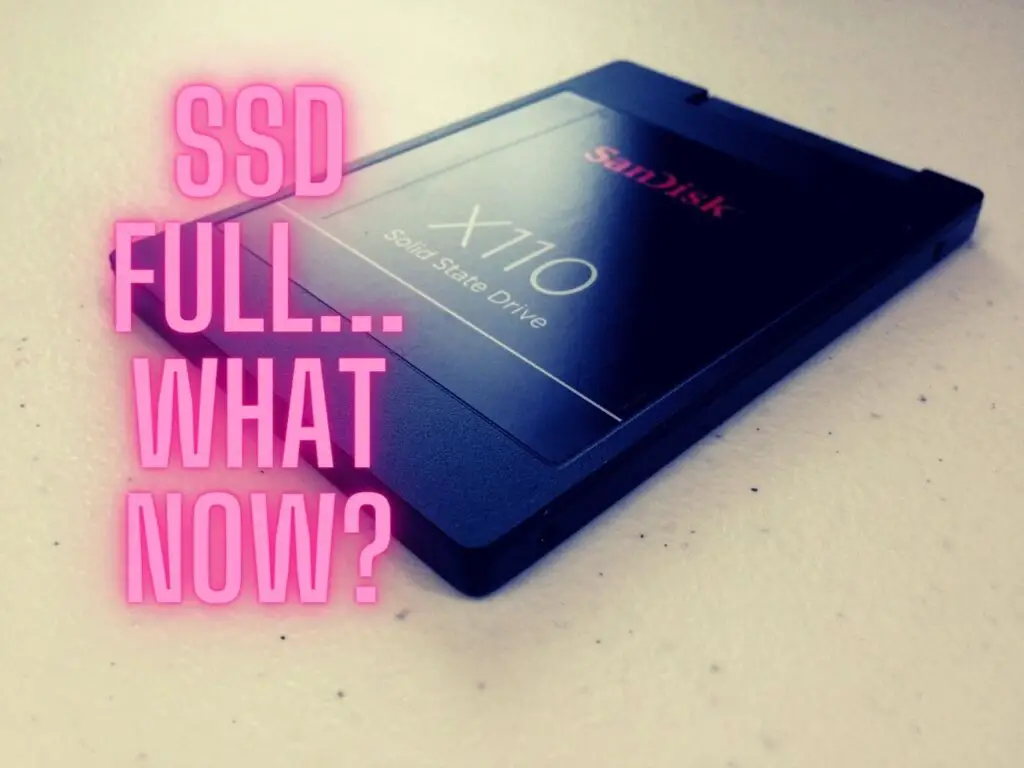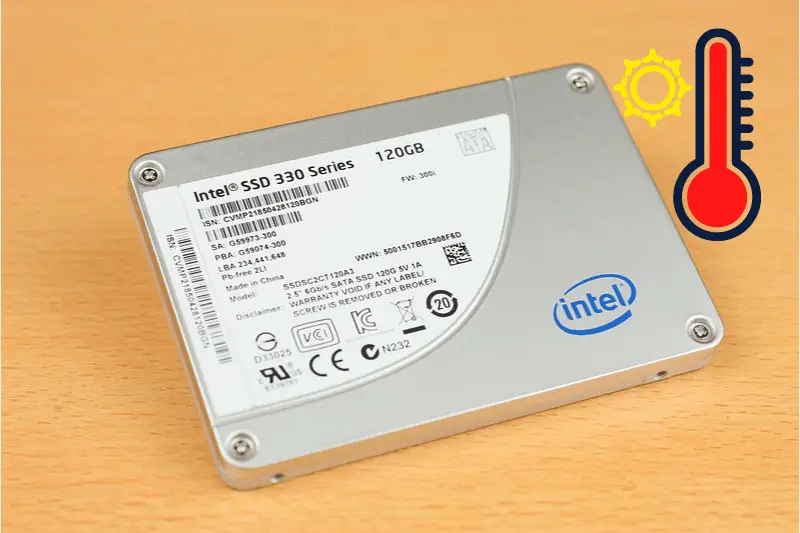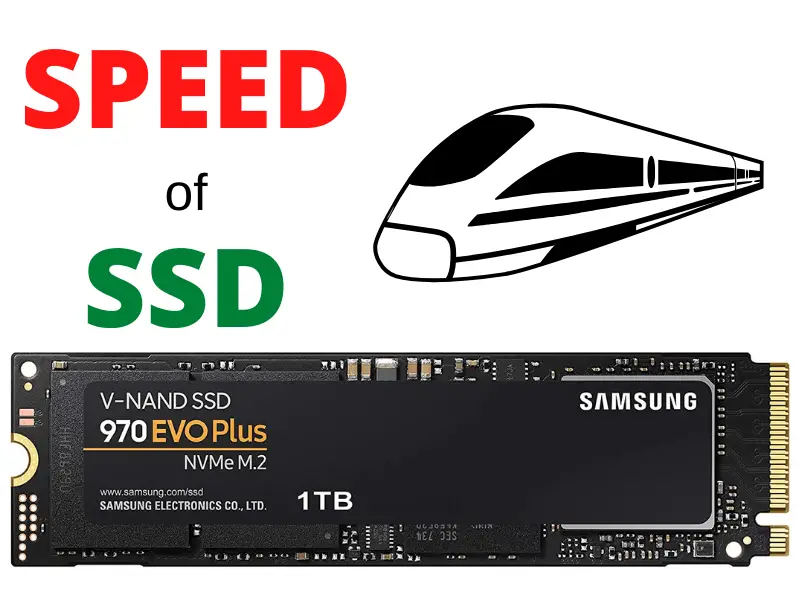As someone who enjoys tinkering with 3D printers, I’ve come across a fantastic leveling tool called the BLTouch sensor.
This neat device helps to precisely align your printer’s extruder head with the printing bed, ensuring more accurate and consistent prints.
If you’re curious how the BLTouch works, let me give you a brief overview of its components and functionality.
Table of Contents

The BLTouch sensor operates by physically touching the surface of the printer bed. Its main components consist of a microcontroller, a solenoid switch, a Hall sensor, and a push pin probe.
During the homing process, the push pin probe extends out of the sensor body and makes contact with the bed’s surface as the tool head lowers.
This function allows the BLTouch to accurately detect any variations in the bed height and adjust accordingly, giving you a perfectly leveled printing experience.
Clever Creations explains these components in more detail, but in essence, the sensor works by constantly monitoring and adjusting the extruder head’s position in relation to the bed surface.
Now that I’ve given you a rundown of how the BLTouch sensor works, it’s important to mention how you can set it up with your 3D printer.
The wiring and configuration for the sensor will differ depending on your printer model and control board, but you can find guidelines for hooking up the sensor on Klipper documentation.
Installing and using the BLTouch is an excellent way to ensure your 3D printer operates with precision, and it’s definitely an accessory worth considering.
Understanding the BLTouch

Design and Functionality
As a 3D printer enthusiast, I find the BLTouch sensor to be an incredibly useful tool for achieving the perfect first layer print.
The BLTouch works as an auto bed leveling sensor to precisely measure the distance between the nozzle and the printing surface.
This sensor allows my 3D printer to compensate for any unevenness in the bed during the printing process, ensuring optimal adhesion and overall print quality.
The BLTouch has an innovative design that includes a self-test feature to detect any possible wiring defects, as well as a small plunger-like pin extending from the bottom.
When the 3D printer’s controller sends a command, the pin will touch the bed, registering the variance in height and endstop position.
This way, the firmware can automatically create a mesh bed leveling profile, consisting of numerous data points that describe the printing surface’s contours.
It’s a considerable upgrade from manual leveling that can be challenging and time-consuming.
Types of Bed Leveling Sensors
Aside from the BLTouch sensor, there are several alternative types of bed leveling sensors. It’s vital to know the differences to make an informed decision for your 3D printer.
- Hall sensor: This type of sensor uses magnetic fields to gauge distance. Hall sensors offer excellent repeatability, but their measurement range is quite limited, and they are susceptible to interference from other magnets or metal objects.
- Inductive sensor: Popular among enthusiasts, these sensors detect the metal bed’s presence. However, Inductive sensors can be affected by environmental factors such as temperature and humidity, which may lead to less accurate readings.
- Capacitive sensor: Similar to inductive sensors, capacitive sensors can detect both conductive and non-conductive surfaces. They offer a decent measurement range but might require regular recalibration as they are sensitive to environmental changes.
In my experience, the BLTouch is an excellent option that provides reliable and accurate measurements. It also sports a combination of Red and Blue LED indicators for better error detection.
Using a BLTouch sensor simplifies the process of achieving a perfectly leveled bed, making the printing experience more enjoyable.
Installing the BLTouch on a 3D Printer

Mounting the BLTouch
First of all, you need to attach the BLTouch sensor to your 3D printer. Many popular printers, like the Creality Ender 3 and Ender 3 V2, have mounting brackets available for the BLTouch.
You can either print one yourself or purchase it online. It’s important to ensure the proper alignment of the BLTouch sensor with the printer’s nozzle and bed.
The sensor should not obstruct the nozzle or touch the bed without being triggered.
Wiring and Connecting
Once the BLTouch is mounted, you need to wire it up to the controller board.
The BLTouch has two sets of wires: one for control signal (servo) and another for the endstop (trigger).
The control signal typically consists of a 5V (red), a GND (brown or black), and a signal (yellow) wire.
The endstop part has a white signal wire and a black GND wire. Connect these to the appropriate pins on the motherboard of your 3D printer.
To ensure proper connection, check the BLTouch documentation or refer to your printer’s specific MCU documentation for the correct pinout configuration.
Firmware Configuration
Now, it’s time to update your printer’s firmware to support the BLTouch. Many 3D printers use the Marlin firmware, which has built-in support for the sensor.
You will need to modify the configuration files to enable the BLTouch properly.
In your printer’s firmware configuration, locate the relevant sections for the BLTouch (usually marked as “BLTouch” or “Z-Probe”).
Enable these options by uncommenting the lines (remove the “//” before the line) and set the correct pin numbers for your printer’s control signal and endstop connections. Also, adjust the offsets for the BLTouch mount you’re using.
After making the necessary changes, compile and upload the new firmware to your printer’s controller board.
You might need to set up and configure the slicer software accordingly to send the proper G-code commands for the auto bed leveling process.
Once everything is set up, test the BLTouch by homing and auto bed leveling your printer. Make sure that the LED indicator on the BLTouch behaves as expected, and the sensor’s pin extends and retracts smoothly during probing.
If it all works well, congratulations! You’ve successfully installed the BLTouch on your 3D printer, and it should now help you achieve better, more consistent first layers for your prints.
Calibrating and Using the BLTouch

Setting the Correct Z Offset
When setting up my BLTouch, I realized how crucial it is to set the correct Z offset. The Z offset represents the distance between the print bed surface and the nozzle when the BLTouch probe is triggered.
Incorrect offsets can cause issues with the first layer adhesion, which may affect the final print quality. To set the Z offset, I used the M851 Z g-code command followed by the desired value.
You can always fine-tune this value by observing your first layers and adjusting accordingly. Keep in mind that every printer has a different optimal value for Z-offset, so experimentation is important.
The Calibration Process
During the calibration process, I found the BLtouch to be highly accurate in detecting the print bed surface and adjusting for any tilt or unevenness.
The probe generates a mesh grid by probing multiple points on the print surface, allowing the printer to compensate for any irregularities in the bed leveling automatically.
When using a glass print bed, it is crucial to make sure the BLTouch is correctly set up and configured, as glass surfaces can affect the accuracy of the probing.
However, once properly set up, the BLTouch dramatically improves the consistency of the first layer, which is essential for successful prints.
Operational Troubleshooting
I learned that troubleshooting the BLTouch mainly involves resetting the device and ensuring the proper functioning of its components.
If the BLTouch behaves unexpectedly, you can use the BLTOUCH_DEBUG command to execute various useful debugging actions. These include actions such as pin_down, pin_up, and reset.
For clones or counterfeit BLTouch sensors, some operational issues may arise. In such cases, the touch_mode command can be helpful.
By sending the pin_up_touch_mode_reports_triggered command, you can verify whether the sensor is genuine or not.
Remember, achieving optimal calibration with the BLTouch takes some trial and error. Don’t be afraid to adjust settings and experiment to find the best results for your printer!
Advanced Insights and Optimization

Ensuring Repeatability
When it comes to using a BLTouch sensor, repeatability is crucial for ensuring accurate bed leveling.
I found that the key components in a BLTouch sensor include a microcontroller, a solenoid switch, and a Hall sensor.
With these components, the sensor is able to achieve high precision and consistency in its measurements, making it a reliable choice for automatic bed leveling in 3D printers like Creality Ender 3 and Ender 3 V2.
Compared to inductive sensors, the BLTouch sensor offers a higher level of accuracy by actually touching the bed’s surface.
Compatibility with Different 3D Printers
One of the biggest strengths of the BLTouch sensor is its compatibility with various 3D printers.
I understand that it is widely used across different models, such as the Creality Ender 3 and Ender 3 V2.
The ability to adapt to different 3D printer models makes it a versatile choice for those looking to enhance their printer’s performance.
When installing the sensor, make sure to follow the guidelines provided by the Clever Creations guide for proper installation and configuration.
Exploring Firmware and Software Enhancements
To make the most of my BLTouch sensor, I explored various firmware and software enhancements.
I learned that updating my 3D printer’s firmware to Marlin can significantly improve the performance of the BLTouch sensor.
Marlin firmware offers extensive features for customizing and automating bed leveling, allowing me to achieve precise prints with minimal effort.
In addition to updating the firmware, I found that adjusting my slicer settings is equally important for optimizing the BLTouch’s functionality.
By fine-tuning my slicer’s settings, I can better control my 3D printer’s movements and ensure that the sensor accurately measures the bed’s surface.
Overall, by focusing on repeatability, compatibility, and exploring firmware and software enhancements, I’ve been able to make significant improvements to my 3D printer’s performance using the BLTouch sensor.




